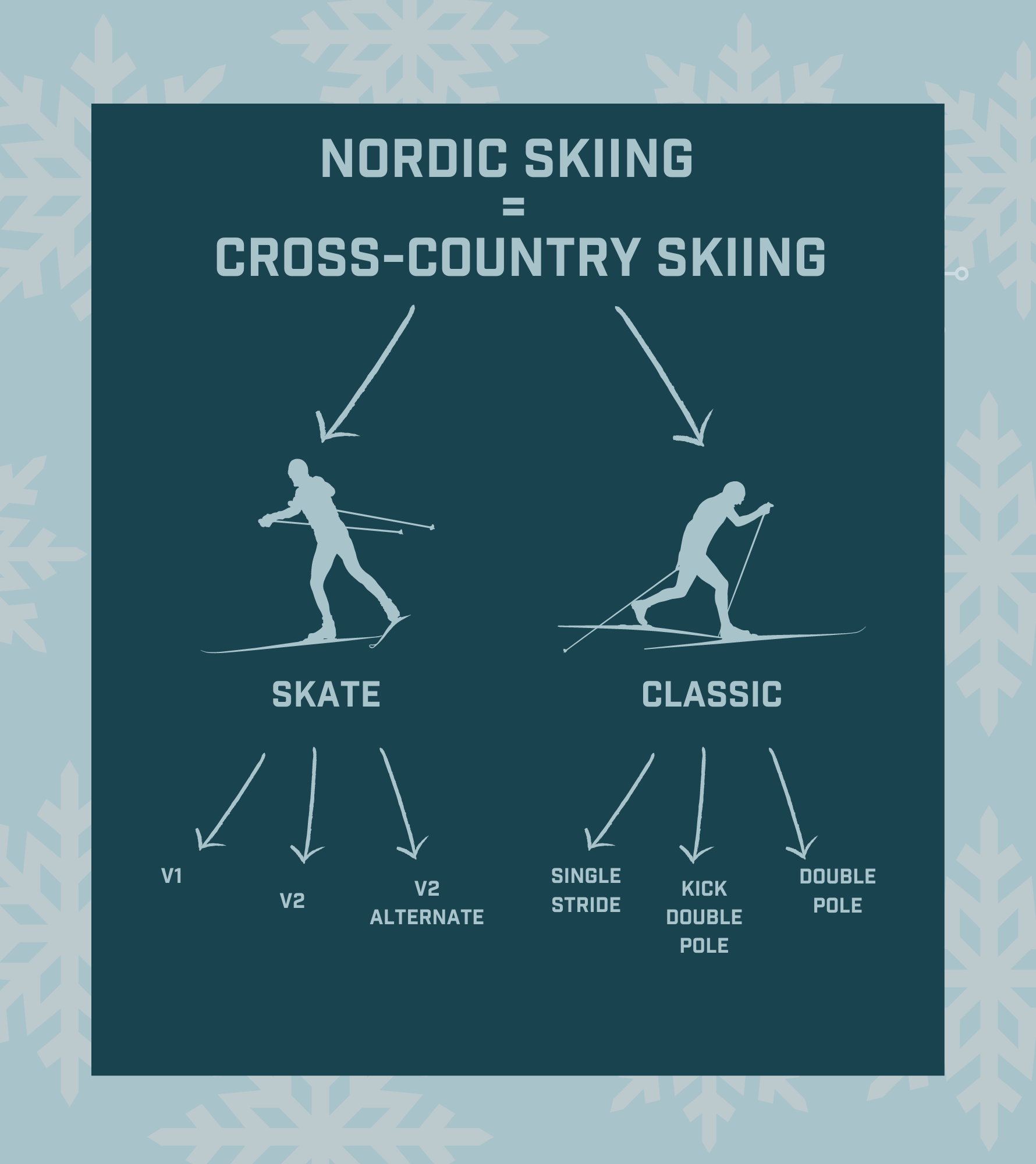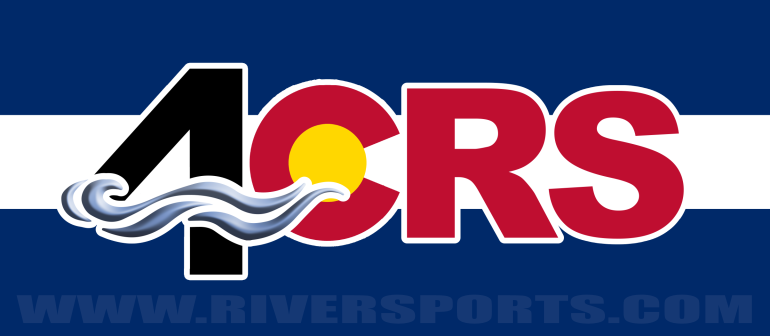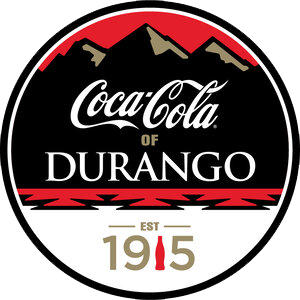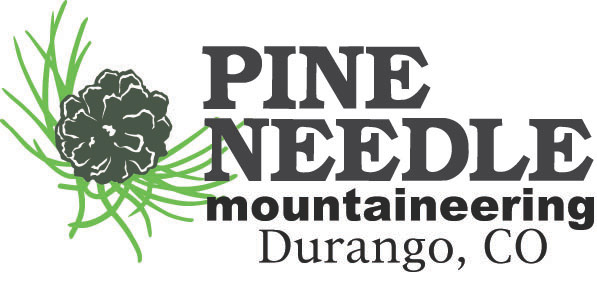A common question our coaches receive is, “What is the difference between Nordic skiing and cross-country skiing?” The answer is nothing. They are one and the same. However, we understand the cause for confusion. A quick internet search yields a variety of conflicting results. Each one seems to say something a little different. Here is how we talk about and teach the sport at Durango Nordic.
Nordic and cross-country are both umbrella terms for the sport. You can use them synonymously. Classic and skate are specific techniques that fall beneath that umbrella. Each technique utilizes slightly different body motions and equipment, which you can read more about in our The Skinny on Skinny Skis blog post. Oftentimes, though, skate is erroneously associated with the term Nordic. People think of sleek spandex, speedy skis, and zooming across finish lines. Classic, on the other hand, gets incorrectly lumped together with cross-country. People conjure images of tromping through the ungroomed, snowy woods.
This misunderstanding explains the other common question coaches receive: “Do you skate ski or cross-country ski?” It’s a funny one to answer because it’s not an “either or” situation. If you skate ski, you automatically cross-country ski. But if you cross-country ski, you might not necessarily skate ski. Perhaps you only do classic.
Is it confusing? Yes. Does it matter? We think so, only because our concern is that people might be missing out on the joy of one of the techniques due to a simple misunderstanding of terminology. If you’re excited about training and competition, it’s possible to ski fast and race hard on classic skis. If you’re looking for a mellow adventure on a lovely winter’s day, you can also accomplish that with skating. If you do either, you are both Nordic and cross-country skiing.
To further complicate things, each technique uses different poling techniques depending on terrain. These are listed in the infographic above. These poling techniques are similar to gears on a bike. If you’re climbing a steep hill, you’ll want an easier gear. If you’re traveling across a flat or downhill, you’ll want something fast and powerful. The best way to get a feel for these different techniques is to simply try them out on snow and practice, practice, practice. If you’d like to learn, take a lesson, join a clinic, or sign up for one of our youth or masters programs. We have something for everyone. Hope to see you on the trails soon!










